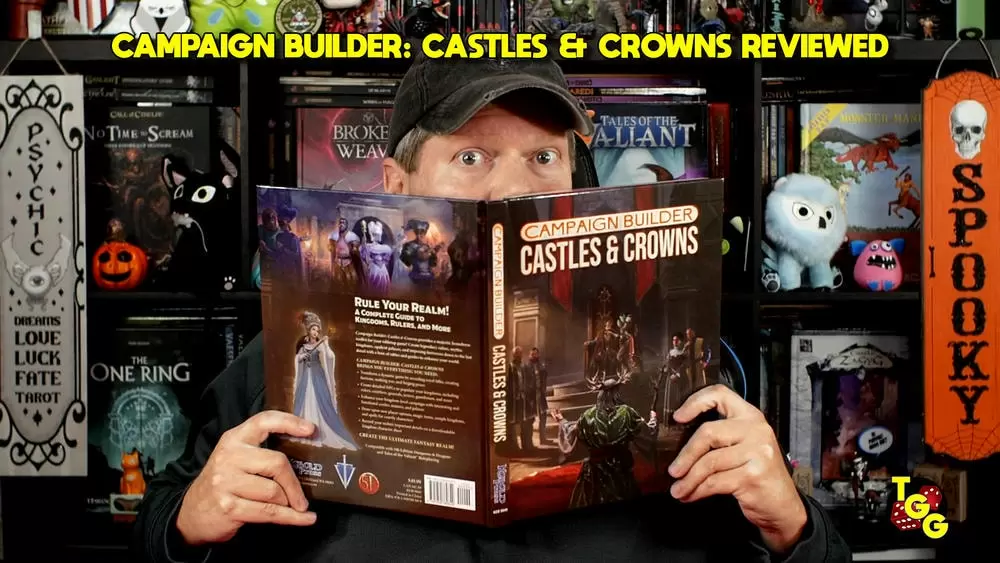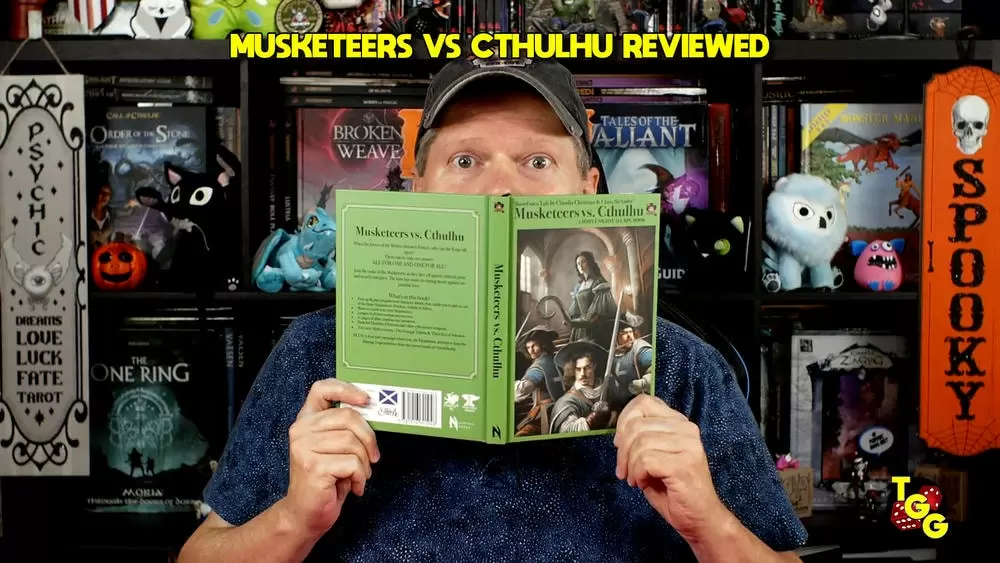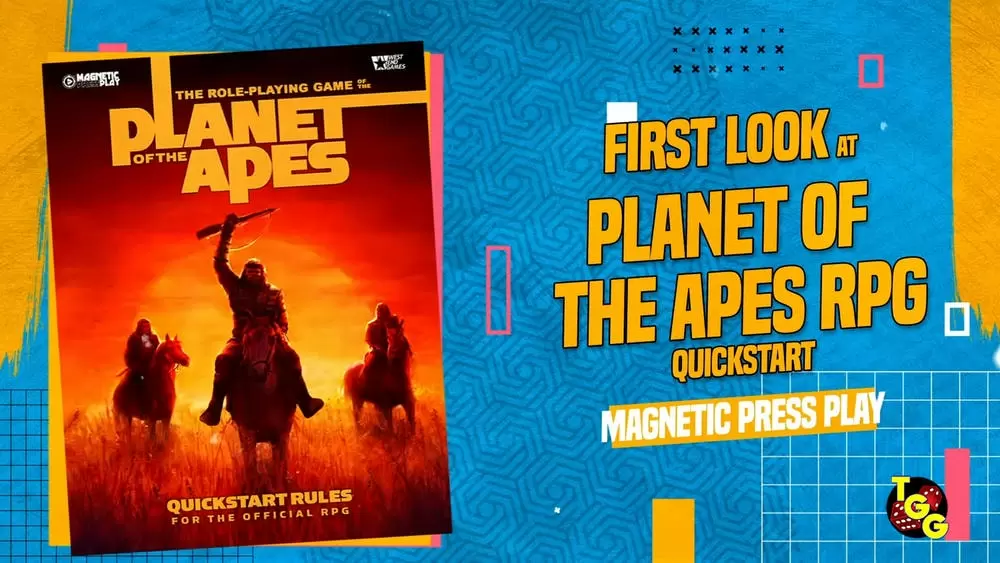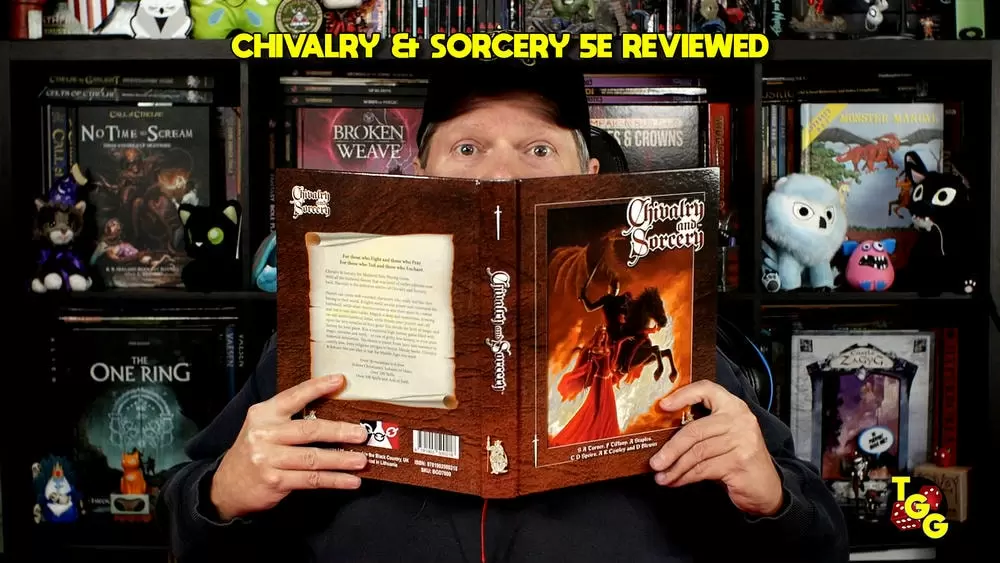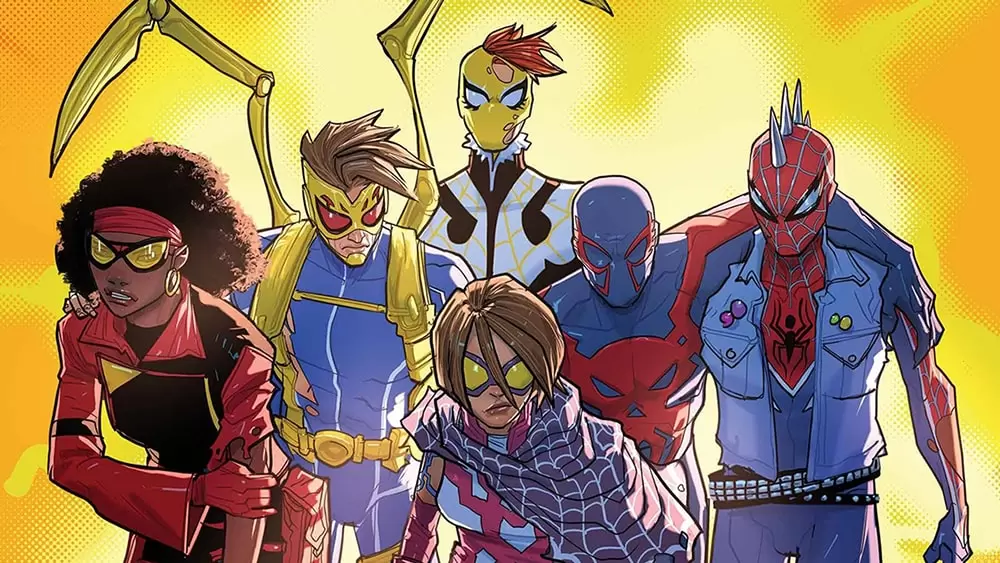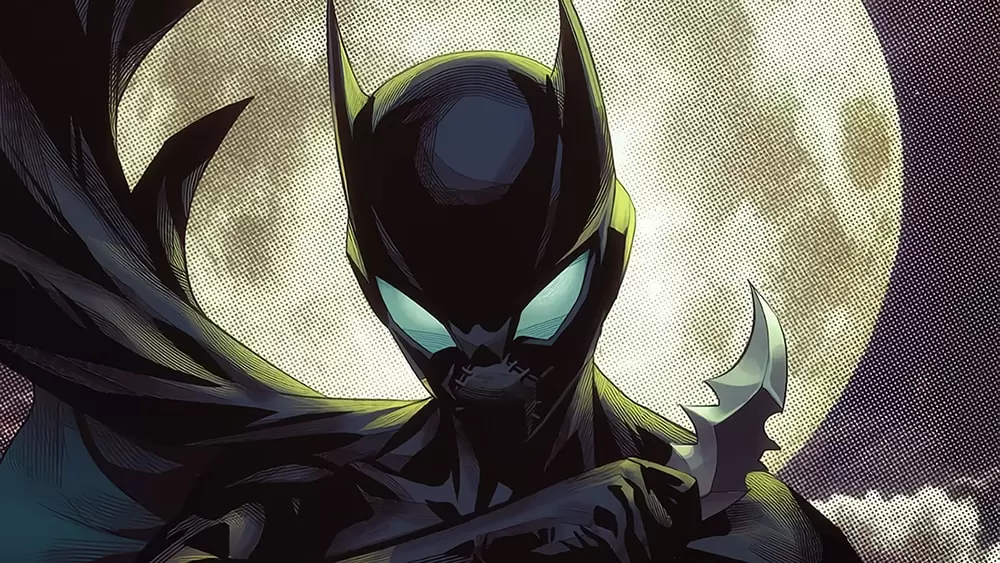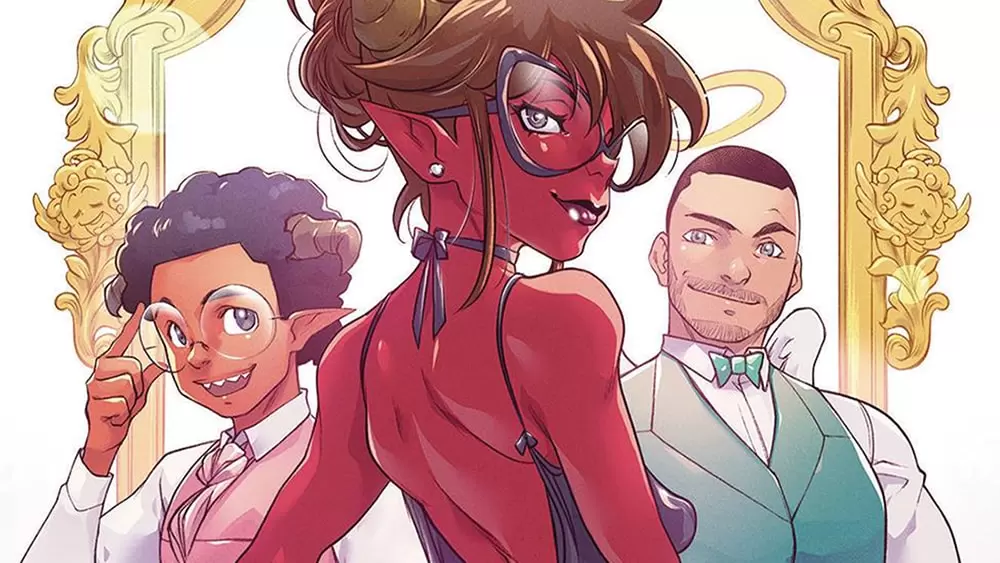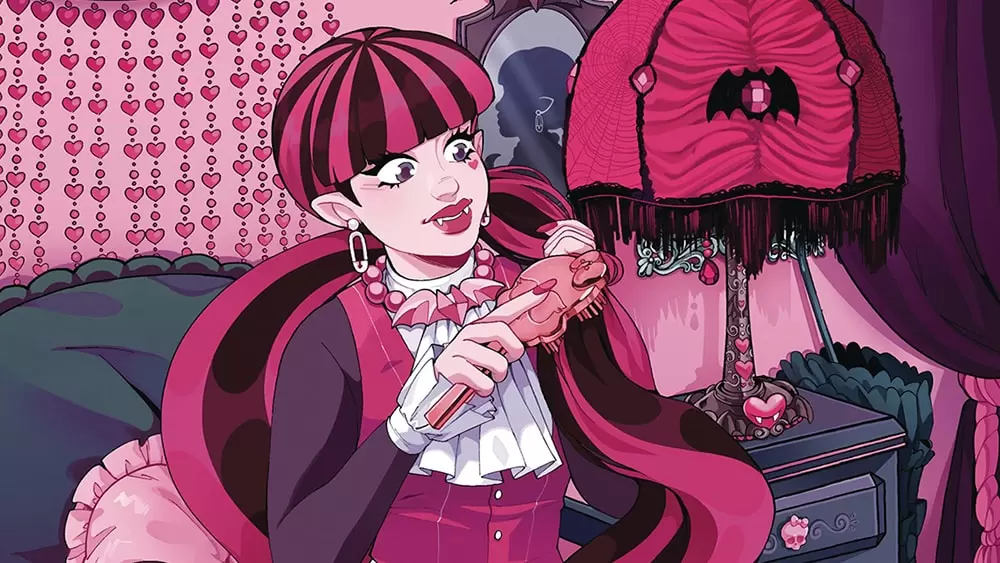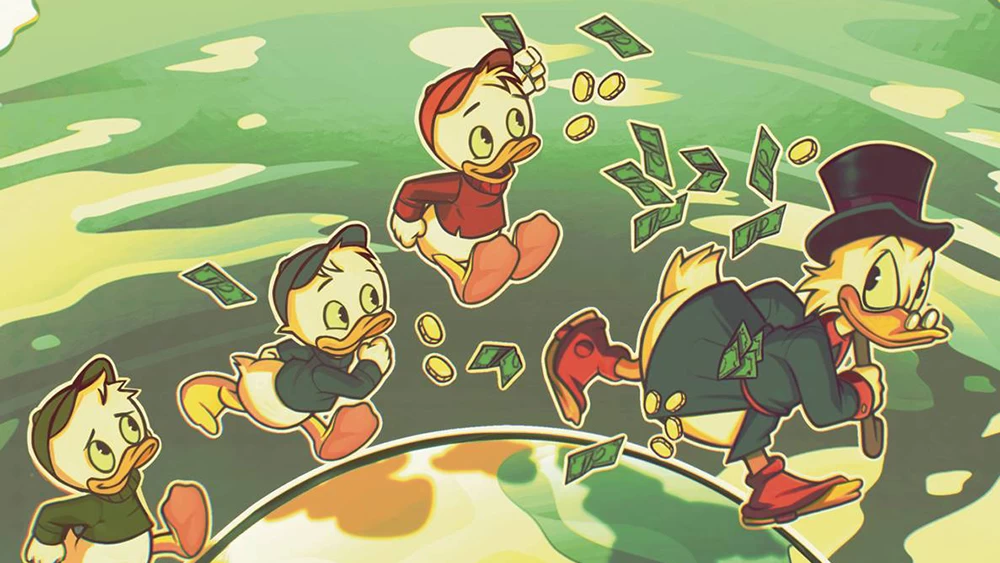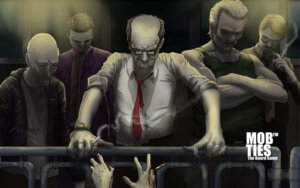
Publisher: Hostage Entertainment
Designers: Devin Granger, Nathan Isaac, John Kleinschmidt, Diego Rich, and Collin Smith
Artists: David Ausloos, Nathan Isaac, and John S. Jamtli
Year: 2011
Genre: Area majority game of mobster negotiation for mature gamers
Players: Three to six players
Ages: 13+
Playing Time: 45 Minutes
Retail Price: $49.99
Mob Ties is your chance to run your own “Family”. You are in charge of a group of mobsters that travel around town collecting racket money and killing off the competition. In Mob Ties you have but one goal: Have the most cash when the Feds finally close the mob down. All the better if you can manage to keep some of your mobsters alive in the process.
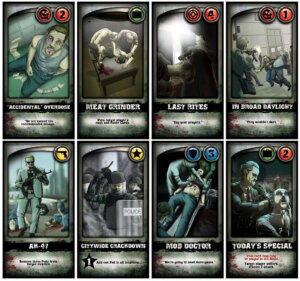
The mobsters are all stand-ups (with plastic stands) in different colors. Each player starts the game with five mobsters: The Capo, The Made-Man, The Hit Man, The Associate, and the Driver. Each mobster commands a certain respect value, which is printed on them. The Capo commands the most respect with a value of “3”, while the Associate and Driver each have “1” respect. Each mobster also has a cash value, which additionally is the amount it will cost you to bail them out if they get pinched.
The board contains six locations. Five of these provide a racket value if you control it during the Business phase, the other is the Don’s Mansion. If you control this at the beginning of the turn, you receive the Don’s Ring and have the powers of the Don for that turn. The Don gets to draw two “Favor” cards, keep one and give one to a player of their choice. The Don also breaks all ties when voting during the “Show of Respect”.
A Show of Respect is one of the main mechanics of the game. Each location can hold a maximum of five mobsters. Each mobster has a respect value listed on it. The player with the most respect at a location wins the racket money for that turn at that location. However, players can add their respect points to other player’s respect points, helping that player to win. Why would you do this? Well, if you are in the Don’s mansion, the Don could promise to give you the extra favor card he receives if you help him become the Don. A player could promise you some of their racket money if you help them to win the show of respect at one of the other locations. There is a lot of negotiating going on.
Luckily, there is a tile that helps you decide the risk of making deals. At the start of the game, the players decide whether to set the tile on the “Honor Among Thieves” side, which means all deals must be honored, or the “All Bets are Off” side, which means all bets are off, players can make or break deals as they wish.
Player’s place their mobsters in locations one at a time until all are placed on the board, then are each dealt a certain 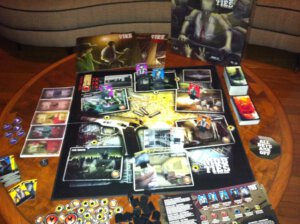
The cards have many functions, most of which involve killing. There are attack cards and defense cards. If you get attacked at a location, you need a defense card of the same strength or better to stop the attack or one of your mobsters is dead. There are also Hit cards and Whack cards, which also cause death unless you have a defense card. There are specialty cards which allow you to actions other than killing, like automatically winning a show of respect or moving one of your mobsters. Finally, weapon cards allow you to drive off some of the Feds surrounding a location.
Each turn has seven phases. During the Election Phase the Don is elected by a Show of Respect at the Don’s mansion. During the Business Phase a Show of Respect is conducted at each location, with the winners receiving the racket value in cash of that location. The racket amounts change with the number of players, the more players, the more lucrative the rackets.
The next phase is movement. Each player may move one of their mobsters from a location to another location, only one though. The fourth phase is when the Feds show up. There is a track that determines how many fed cards are drawn each turn. The number of cards drawn increases by one each time there are more mobsters in prison or the morgue than there are players. After it rises for the third time, the game will end at the end of that turn. Each card tell you how many Fed tokens to add to the board at each location. Once a location has four Fed tokens around it, it is surrounded. The loser of a Show of Respect in that location gets pinched, which means they go to prison. If there are no mobsters there, than that location is sealed off for the rest of the game.
Phase five is the action phase. Each player, starting with the Don, gets to play as many of their favor cards as they wish. It is very possible that a few of your mobsters will be dead before you ever get to play a card. The game can easily become a bloodbath if the players go down that path. In fact, the first player to kill off another player’s mobster on the first turn gets a $25,000 first blood award.
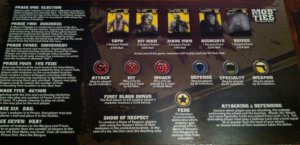
There are very nice player aid cards that have almost everything you need to know, and they include some helpful strategy tips on the reverse. The rules do offer many examples and are pretty well done. I did have a few questions that one of the designers answered for me and he did indicate that it will be made clearer in the rules. The only question that I didn’t get answered was what happens if there is a tie for the most money at the end of the game? The rules don’t provide for a tie breaker and this happened on my very first game.
This is a cool game. You have to learn it though through multiple plays. You have to get players experienced enough to not immediately turn it into a killing fest, as it does have player elimination. I don’t like player elimination games for the most part, and that is the one aspect I don’t like about the game. If you can learn though, it is possible to make deals and stave off elimination, playing from a weak hand and striking at the right time to turn the weakness of fewer mobsters into deals to gain some cash every turn and possibly even pull off a win at the end.
Most of our early games ended quickly with many deaths and players being eliminated. This will give you a negative view of the game, especially if you are one of the eliminated players. The trick is for the players to learn that sometimes killing everyone isn’t the way to win the game. It is more fun if mobsters are eliminated slowly, in carefully planned moves. Once we started playing with negotiation as our main driving force rather than elimination of the other mobsters, it felt like an entirely different game.
There is an additional rulebook with variants in it to add different options. In one, you can replace one of your killed monsters with the Sicilian, who has 1 respect. Another variant allow to you to add up to two hired guns, who have no respect value, but can be used to eliminate mobsters or jump in the line of fire to protect your more valuable crewmembers. This helps cut down on the player elimination.
The one other variant I might like to add is that if your Capo is eliminated, one of your lower ranking mobsters can be promoted to Capo. In a real mob, there would always be someone ready to be promoted to fill the empty space. This would ensure that you always have at least a single mobster with 3 respect, so you have some chance to still remain competitive in the game until your final mobster is killed.
[rwp-review id=”0″]
- A Dungeon Delve for Kids?: A Review of Dungeon! - Oct 24, 2022
- Better, Stronger, Faster | Descent: Journeys in the Dark Second Edition Reviewed - Oct 23, 2022
- Your Planet is Doomed!: Invasion from Outer Space Reviewed - Oct 22, 2022



